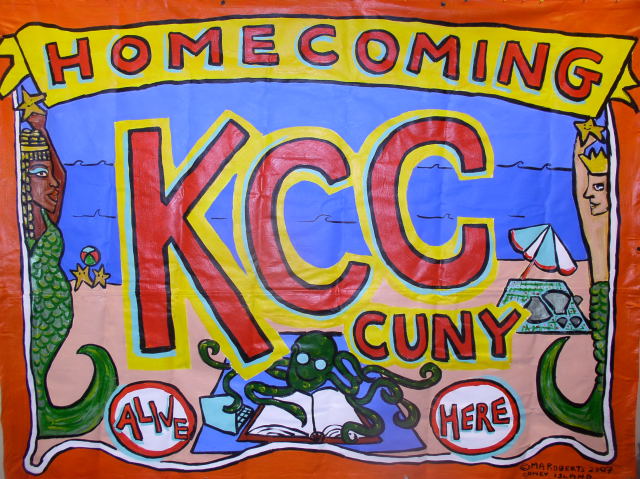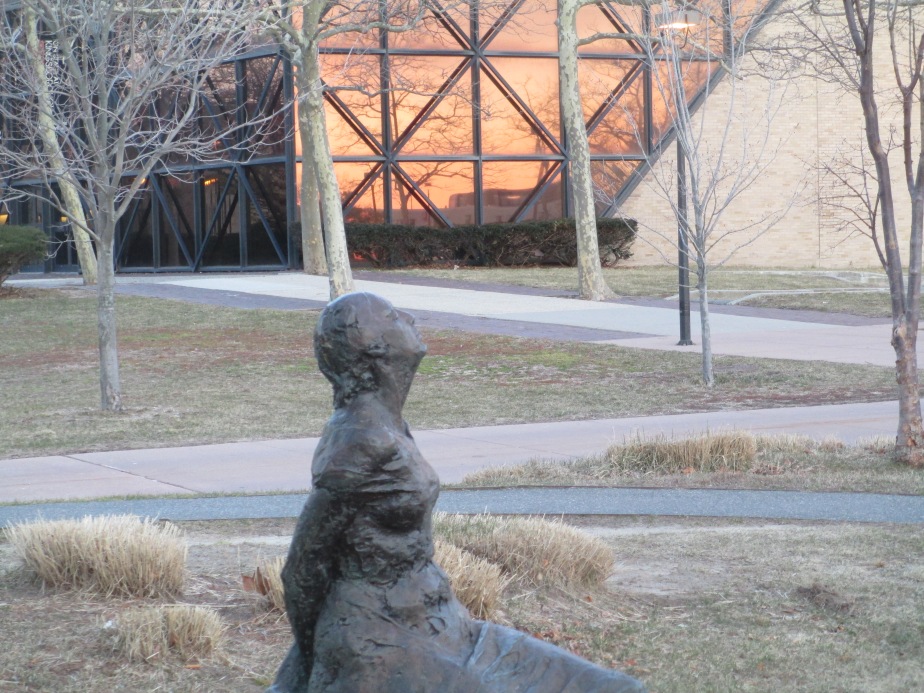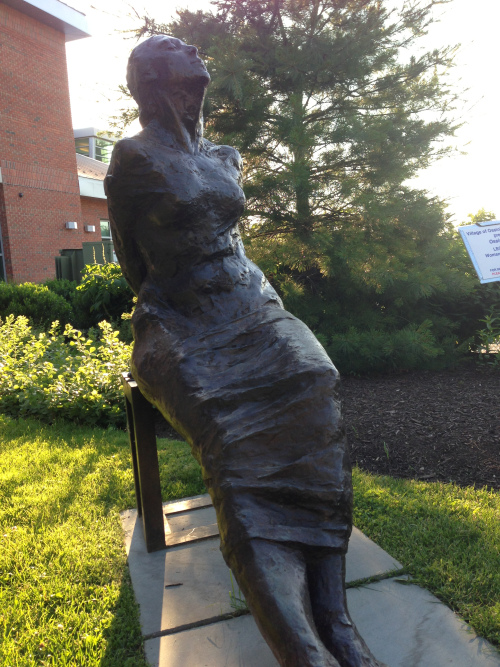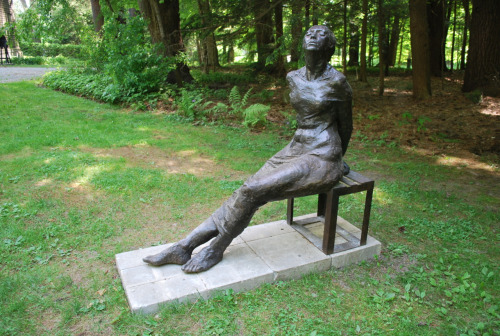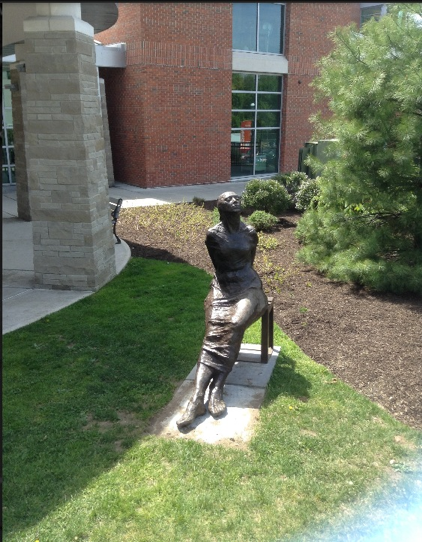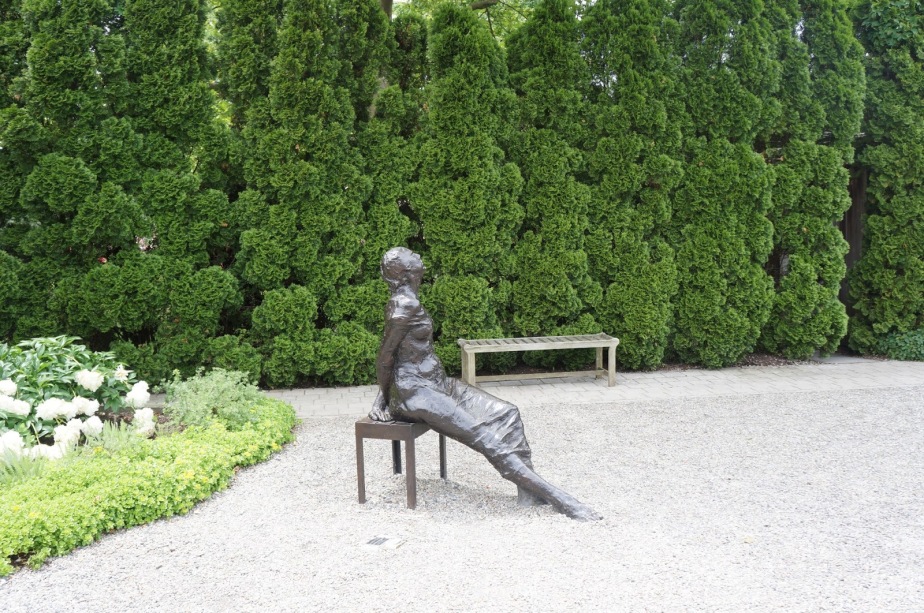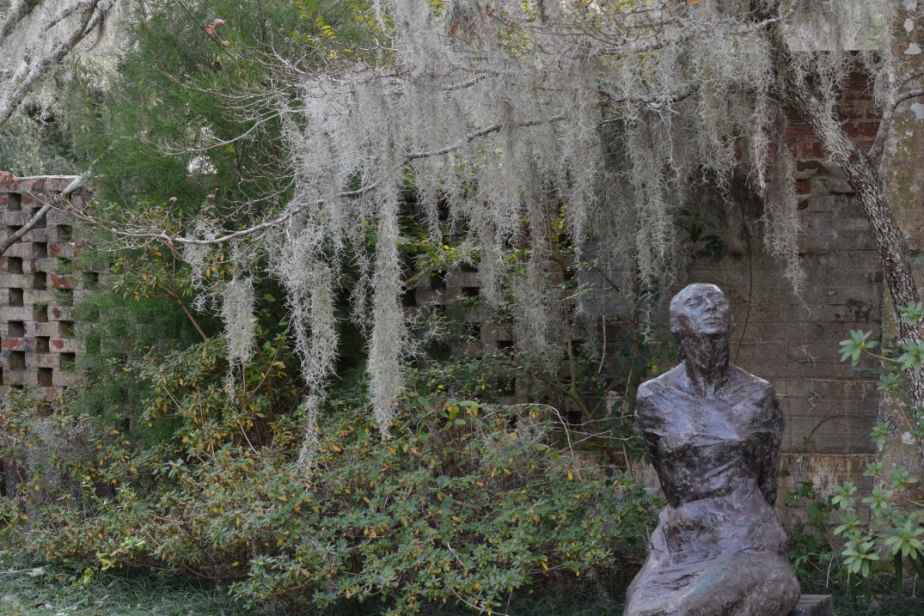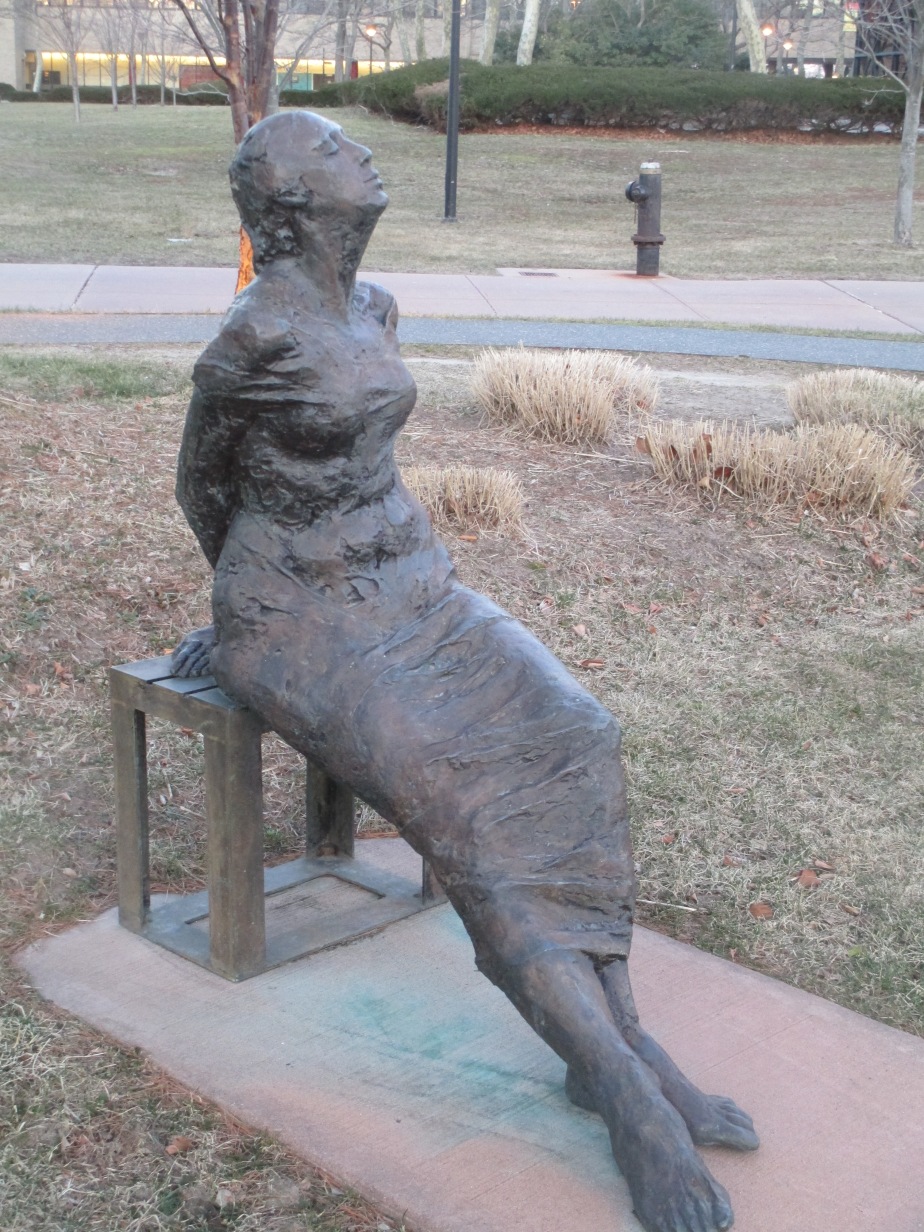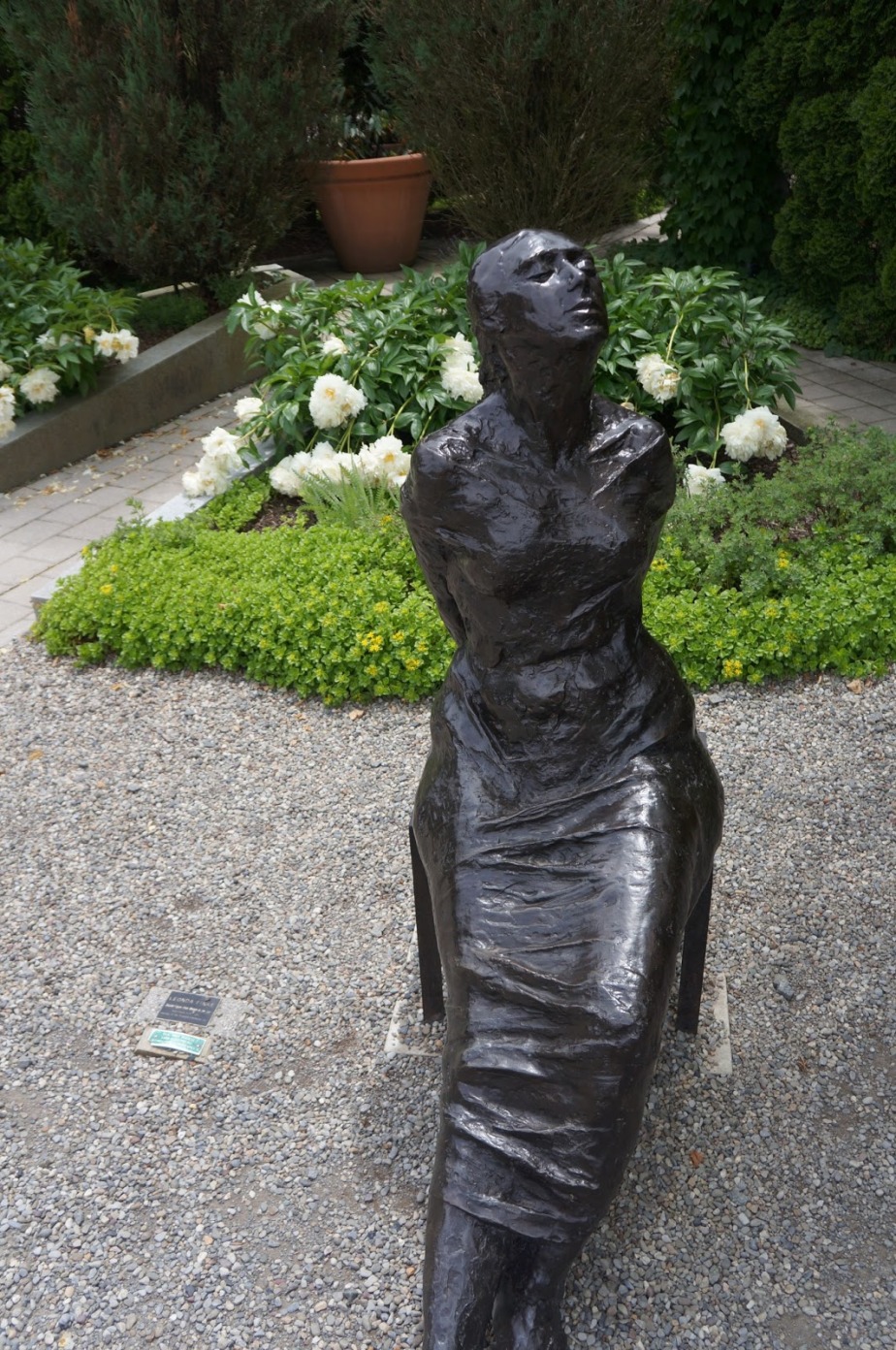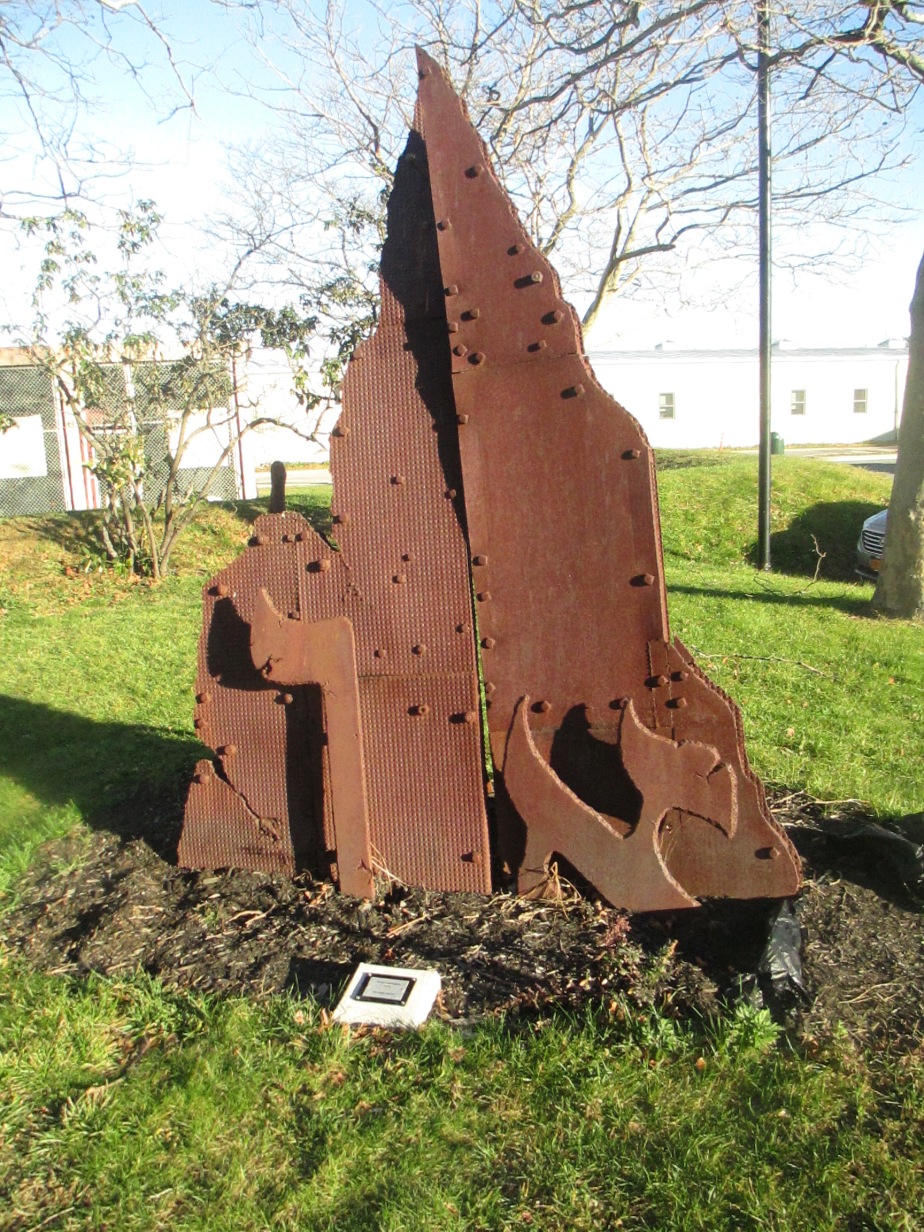As you drive onto the campus of Kingsborough you cannot miss it- it’s the large orange object 37 feet tall, reaching for the sky.
The object is made from Cor-Ten Steel and stand prominently at the center of the circle at the front of the campus. The object is called “Ascendence” and was created by the famed Japanese Artist Osamu Shimoda (1924 – 2000).
The work was created as an inspiration for Kingsborough students from all over the world to Ascend -to rise up, and to succeed.
http://virtualglobetrotting.com/map/ascendance-by-osamu-shimoda/view/bing/
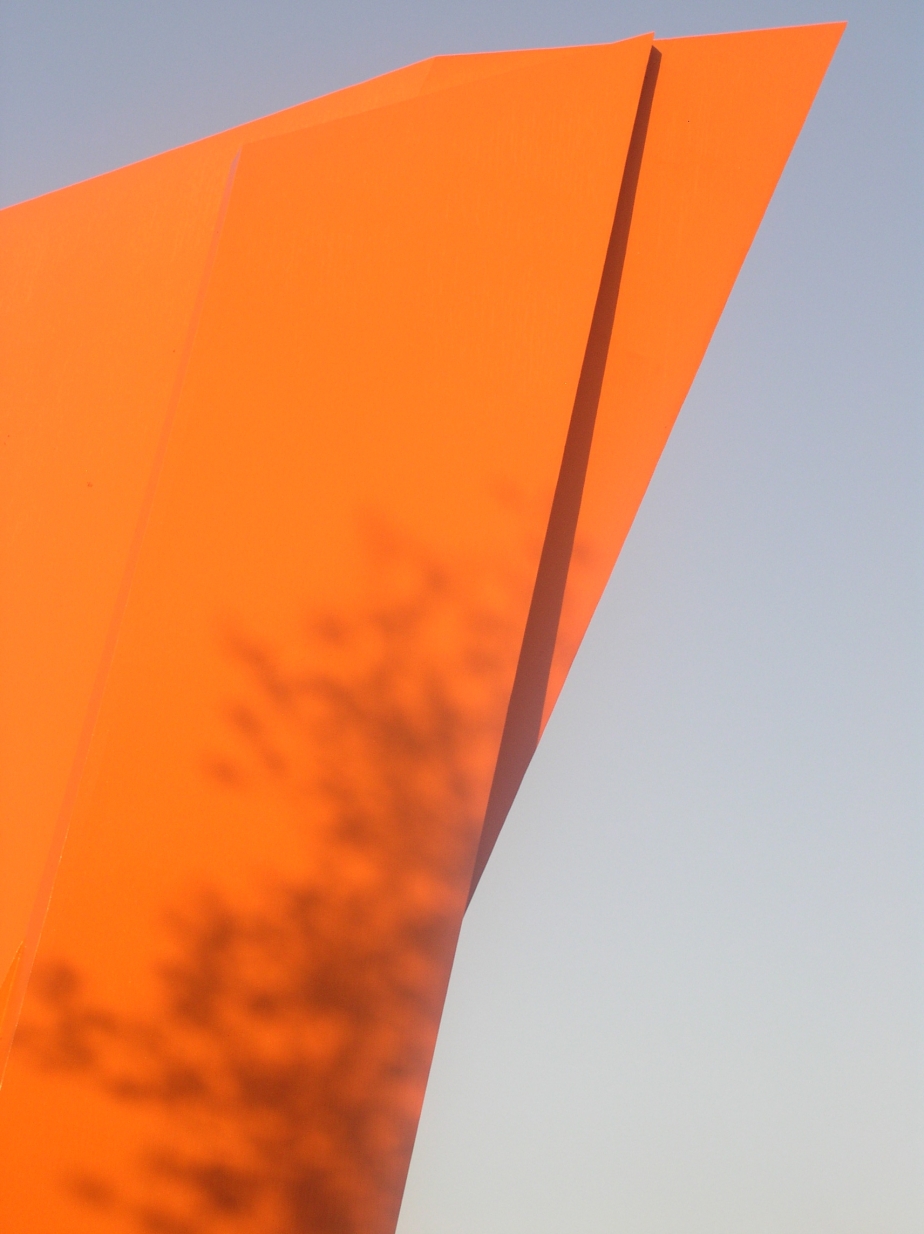
“MONUMENTAL IRON SCULPTOR”, Osamu Shimoda.
Osamu Shimoda used to call himself a “MONUMENTAL IRON SCULPTOR” Many might, remember that Shimoda was once was a well known and respected semi-abstract painter exhibiting his art works in Japan at the Nitten artists group shows in early 1950s. In 1959 he came to New York and under the strong influence of The New York School movement, abandoned his academic painting style, and started to create relief works of shaped canvas, and then he changed his works gradually to three dimensional sculpture.
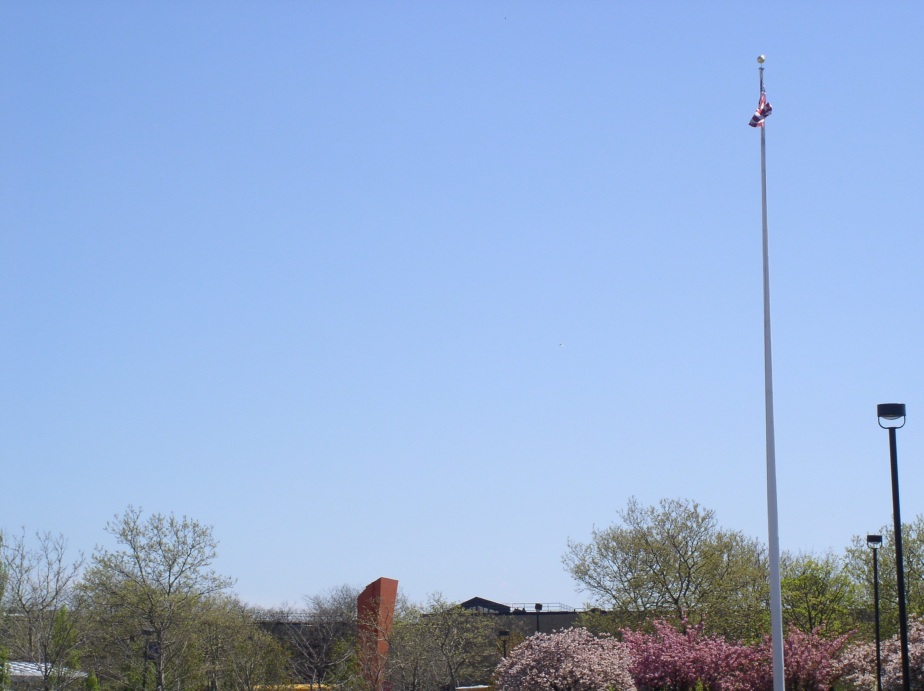
That was a golden age of Pop and Minimal art in New York of early 1960s. Andy Warhol’s famous works like “Green Coca-Cola Bottles” or ” Marilyn Monroe” caused a sensational stir in the Contemporary Art World. The enumeration of the machine-produced identical objects represents the mass production of the commercialism, denying a human touch has been cheered and accepted at large (by public). On the other hand, Donald Judd who is a pioneer of Minimal Art, utilized new man-made materials such as plastic, plywood and etc., which were developed during the Vietnam War, he created a new art form different from the traditional wood, stone carving or bronze sculptures byy constructing simple forms or objects using small pieces of form of materials.

Thus, constructive sculptures are far from the traditional ones which are executed by curving materials by chisels and knives scraping off the materials into smaller size. On the contrary, constructive sculpture has a potential power to stretch into the space without any physical restrictions. As the works bigger in scale, the smaller the galleries and they moved out seeking for a bigger open space such as parks, public places in suburbs. Numerous monumental sculptures by prominent artists like Isamu Noguchi, David Smith and Alexander Calder started to display their monumental works in civic plazas, parks and entrances of buildings, and finally Monumental Sculpture Art in America reached a golden Age.
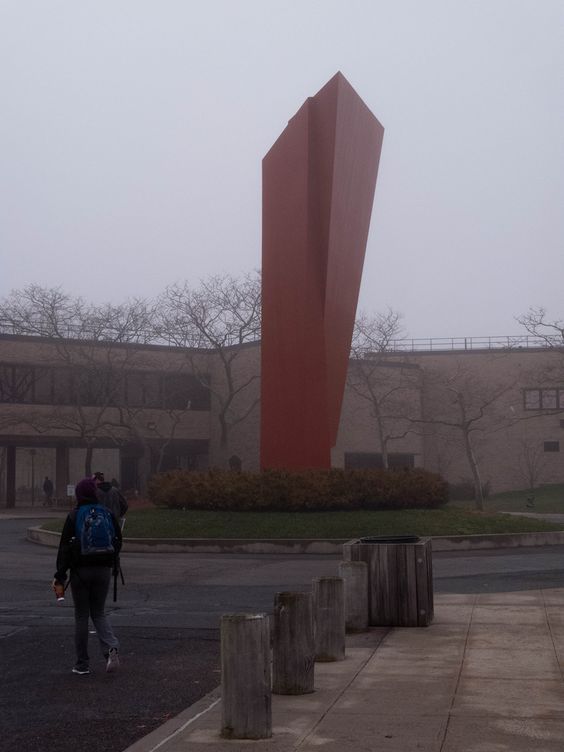
In 1972, Shimoda moved his studio into downtown of old Brooklyn. That old ruined building that had been used as an auto salvaging factory, where he found a pile of rusty iron sheets leaning against the wall or stuck on the floor. They had been abandoned for many years but it was still beautiful and exuded unchanged power of iron in Shimoda’s eyes. The iron, in general is an inorganic and insensitive material with heavy, hard and cold images as well as destructive, inflexible: because of its powerful sense of existence. Thus, a very few artists had recognized the aesthetic beauty within iron and use it as his or her aesthetic subject or even medium. Would it not be a possibility to execute a monumental iron sculpture by subtracting or minimizing those negative elements from the iron by attempting to lessen the gravity of the iron through the study on the layout or construction of the work?
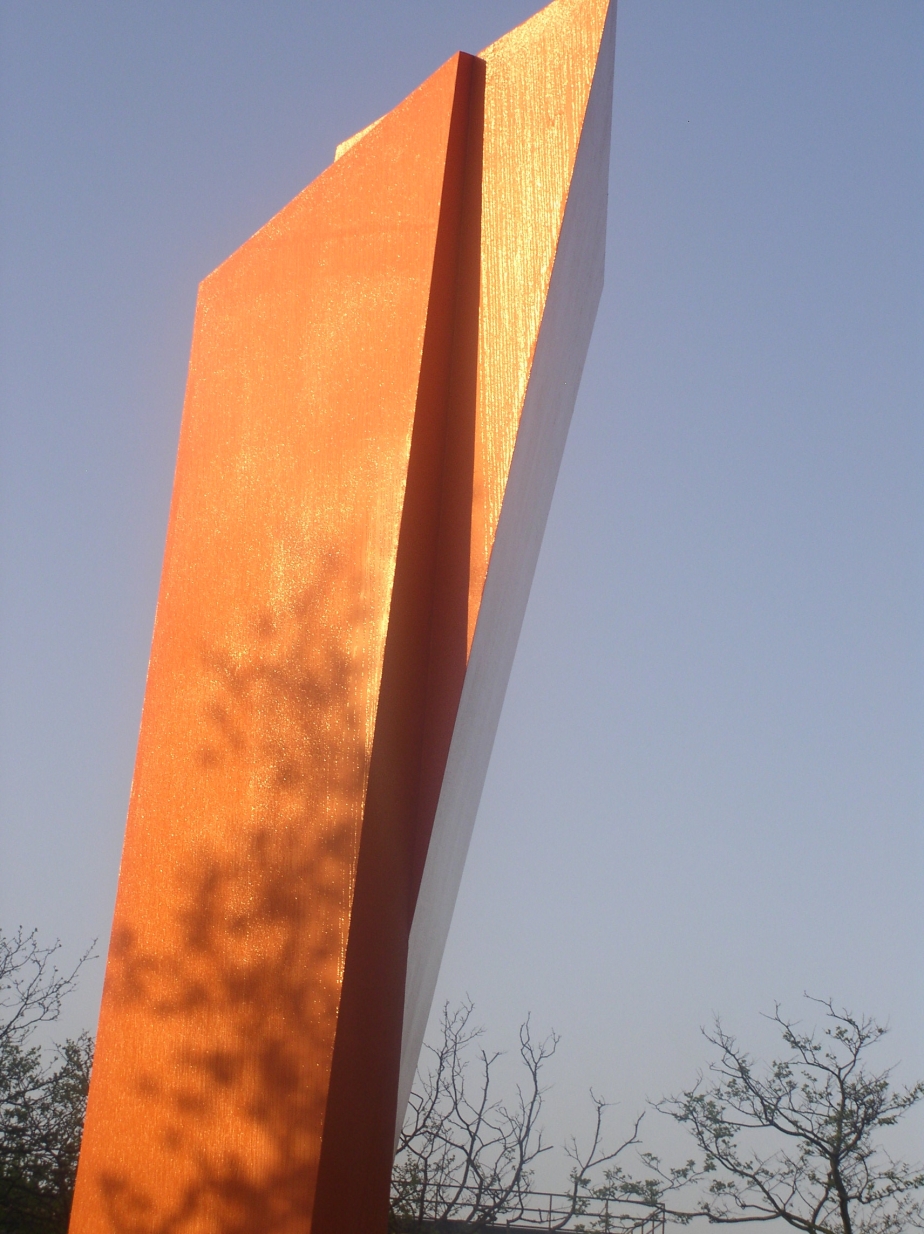
Barbara Rose, an American born modern art critic, who once commented on Shimoda’s works said that “intensive power and balance will be a distinctive feature of his works just like samurai spirits in Shimoda’s blood.” In his later years, he used to say that the iron talked to him and its power inspired his creativity. Osamu Shimoda was an artist who was thoroughly fascinated with a beauty of iron.
Today his work at Kingsboorugh stands as a testament to the Immigrant soul and spirit in the USA ascending higher and higher.
